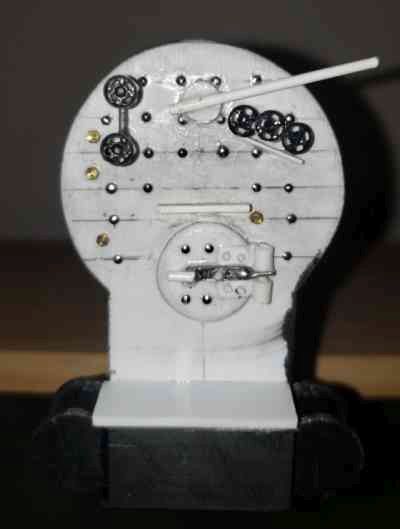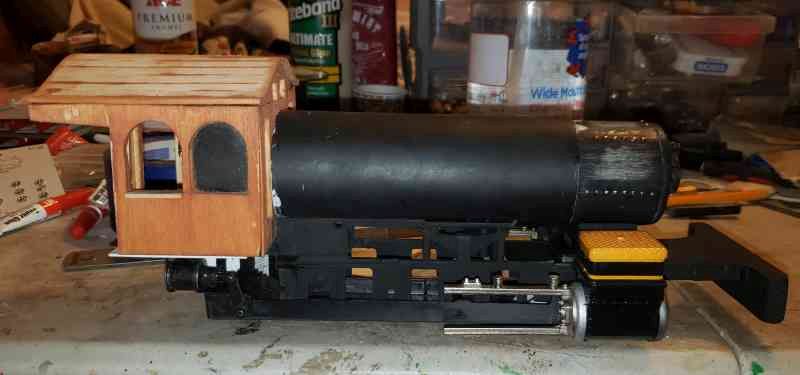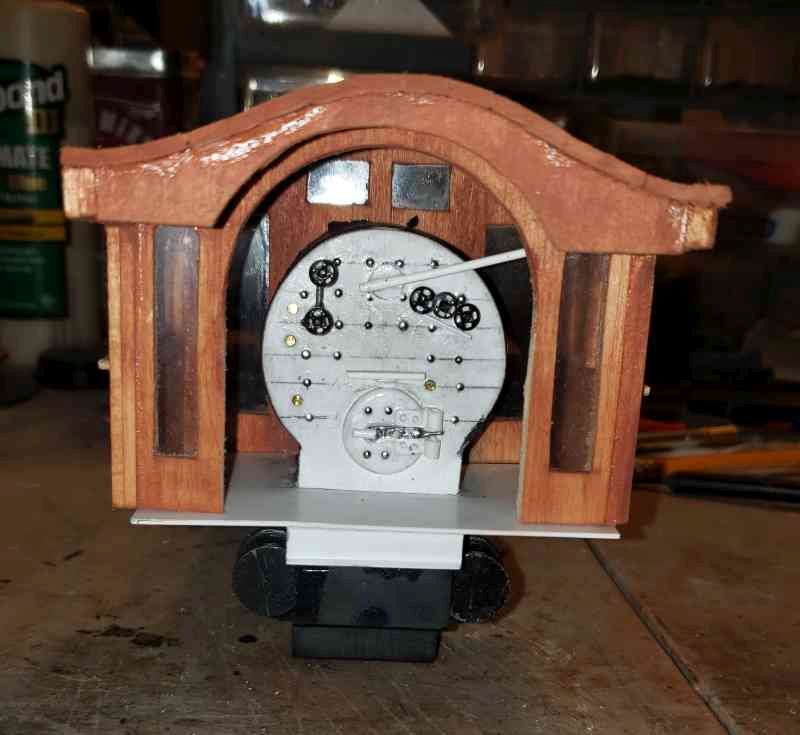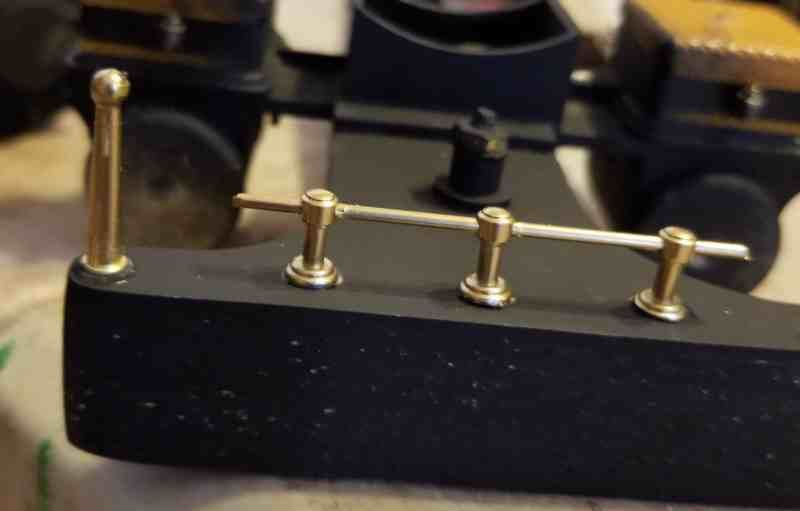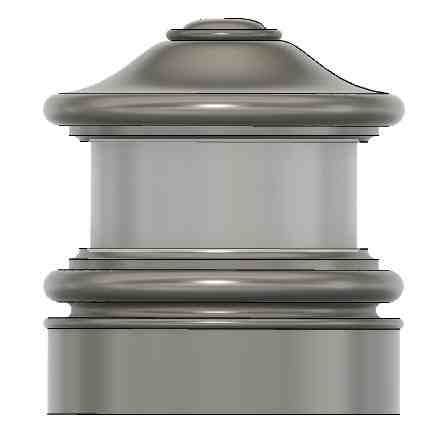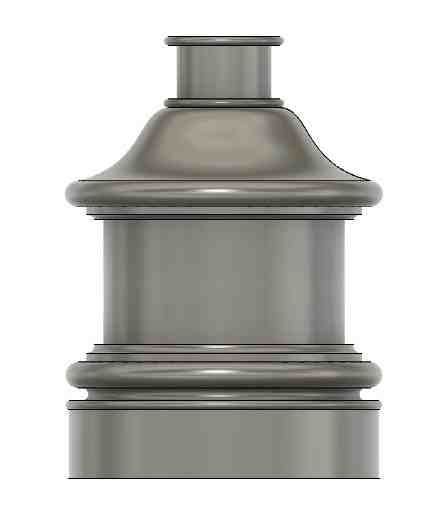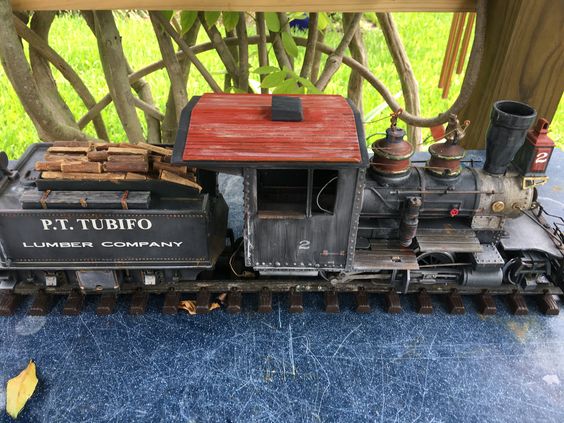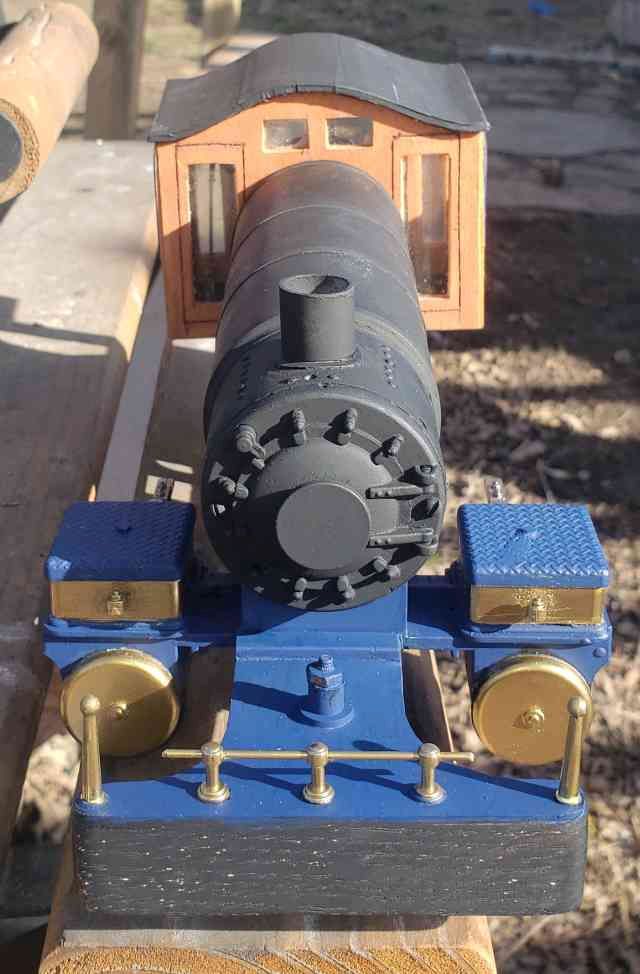So since David Marconi is accusing me of staring my modeling supplies into ruin I figure I had better spill the beans with the project I have been working on. I am not going to go into all the boring details. I will give highlights and if anyone cares about a particular something I did chime in and I will elaborate.
First the theme and plan. I want a 1:24 rubber scale train that will be equally at home as a narrow gauge or a standard gauge. I want it to be and old school mid 1880’s style loco. It will be link and pin. The whole train project is going to be very atypical for me in that it is going to be clean, pressed, and polished. . .a show queen; not my typical black weathered look. It will be painted, have polished brass, and a natural wood cab. It will be not only the loco but will also have a string of themed cars. So whats the theme. As most of you know I am a religious guy, a train nut, and with my health the two have been married. A Vacation Bible School company produces themed material and one of their themes is the “Rocky Railway” with a theme of “Jesus pulls us through”. With their permission I am using their theme and logo to create the train. They were excited to share and want to see the finished project. This loco, in the tradition of naming locos, is the Rocky Railway No 3 “Trinity”.
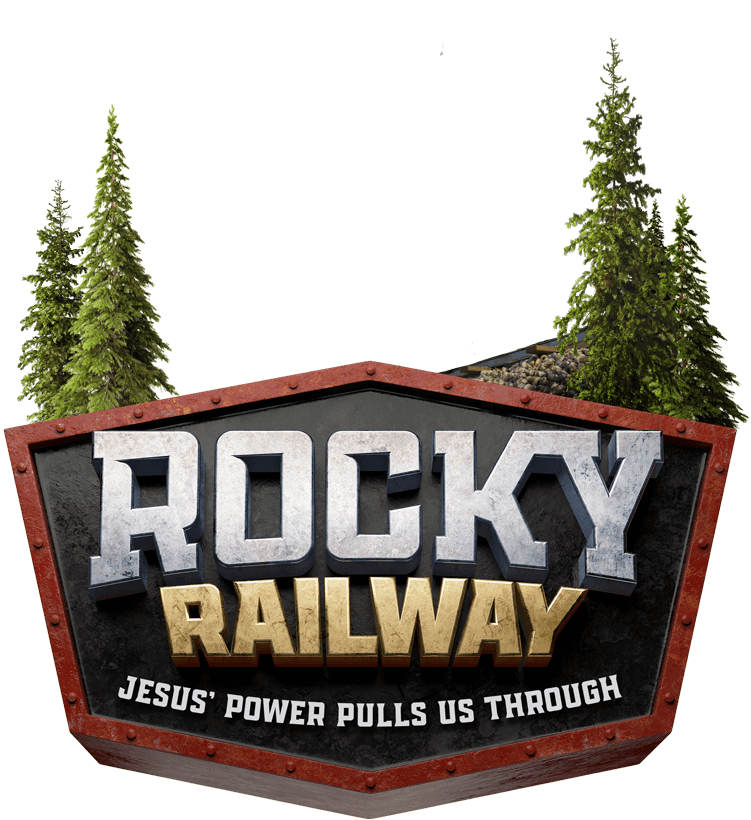
The loco will be a 2-4-0 based very loosely on the Virginia & Truckee #21.




